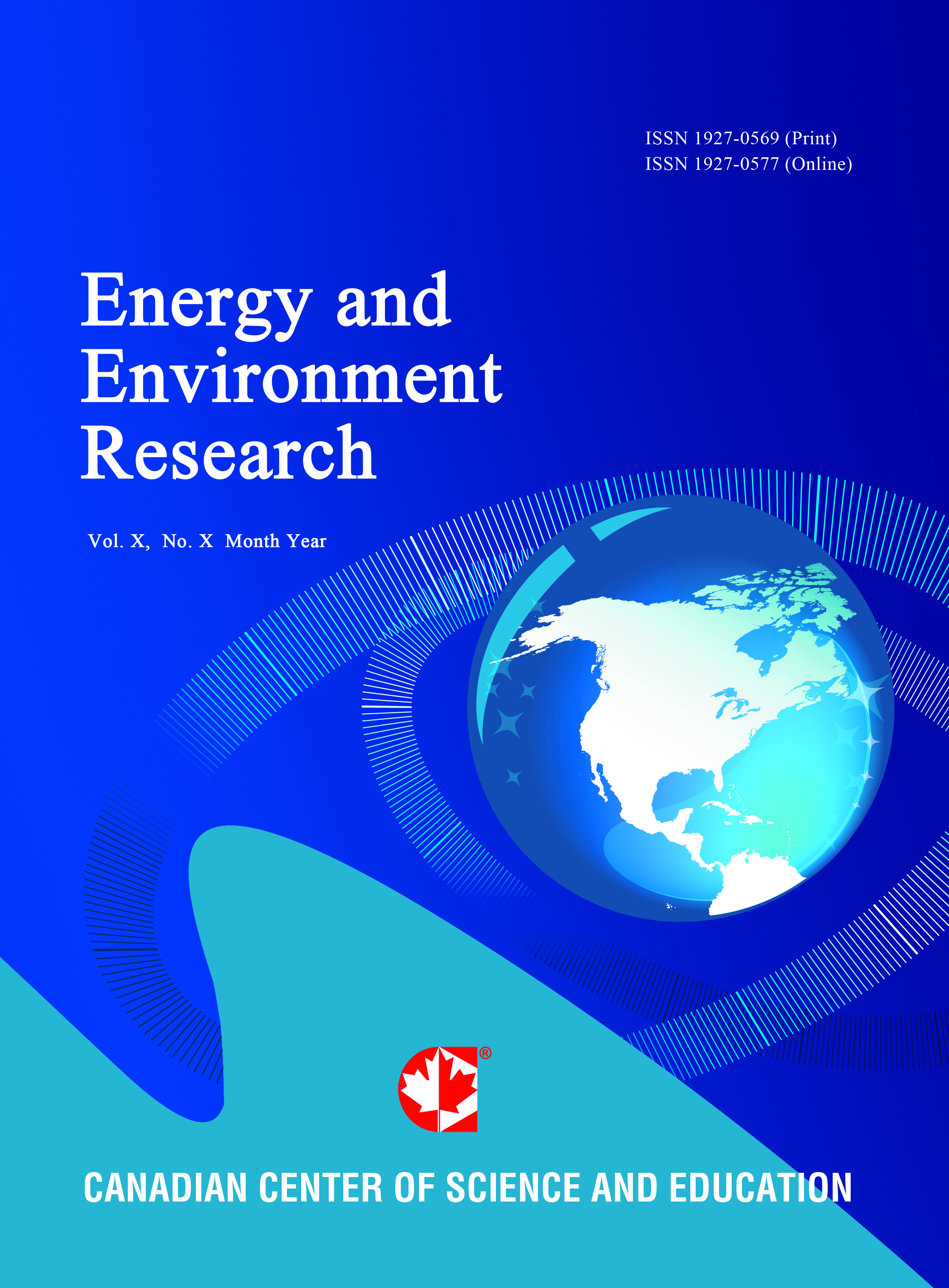Energy Efficiency Standards of Single-Family Houses: Factors in Homeowners’ Decision-Making in Two Austrian Regions
- Katja Bedenik
- Ralph Hansmann
- Monika Popp
- Anne von Streit
- Claudia Binder
Abstract
The energy efficiency of residential buildings is a central issue in the widely discussed energy transition. This study investigates which factors influence homeowners´ decisions regarding the energy efficiency standard of their houses. Homeowners who built or renovated their houses between 2008 and 2013 participated in a questionnaire survey in two Austrian “energy regions” within the federal states of Styria and Burgenland. In the majority (66%) of cases, homeowners chose the low-energy house standard B (≤ 50kWh/m2a) for their building or renovation projects, followed by the conventional standard C (≤ 100kWh/m2a) (21%). Only 13% realized ultra-low-energy, passive or plus-energy houses with a higher energy efficiency standard (A (≤ 25kWh/m2a), A+ (≤ 15kWh/m2a), or A++ (≤ 10kWh/m2a)). Expert recommendations on energy standards showed the highest correlation with the selected standards, and on average, new building projects realized better energy efficiency standards than did renovations. Further variables that were significantly related to the realized standards included homeowners’ attitudes and knowledge about building energy efficiency standards and the age of the respondents. Although the homeowners who were surveyed were initially satisfied with the selected energy efficiency standard, many now indicate a preference to implement significantly higher energy efficiency standards than those achieved in their project. Further, they would recommend even significantly higher energy efficiency standards to friends than the standards preferred for their own house. These findings suggest that current preferences and communication in social networks promote higher future energy efficiency standards.
- Full Text:
 PDF
PDF
- DOI:10.5539/eer.v5n2p49
Journal Metrics
(The data was calculated based on Google Scholar Citations)
h-index (July 2022): 19
i10-index (July 2022): 53
h5-index (July 2022): N/A
h5-median(July 2022): N/A
Index
- BASE (Bielefeld Academic Search Engine)
- CiteFactor
- CNKI Scholar
- Elektronische Zeitschriftenbibliothek (EZB)
- Excellence in Research for Australia (ERA)
- Genamics JournalSeek
- Google Scholar
- NewJour
- Norwegian Centre for Research Data (NSD)
- PKP Open Archives Harvester
- Publons
- ROAD
- SHERPA/RoMEO
- Standard Periodical Directory
- Ulrich's
- Universe Digital Library
- WorldCat
Contact
- Lesley LuoEditorial Assistant
- eer@ccsenet.org
